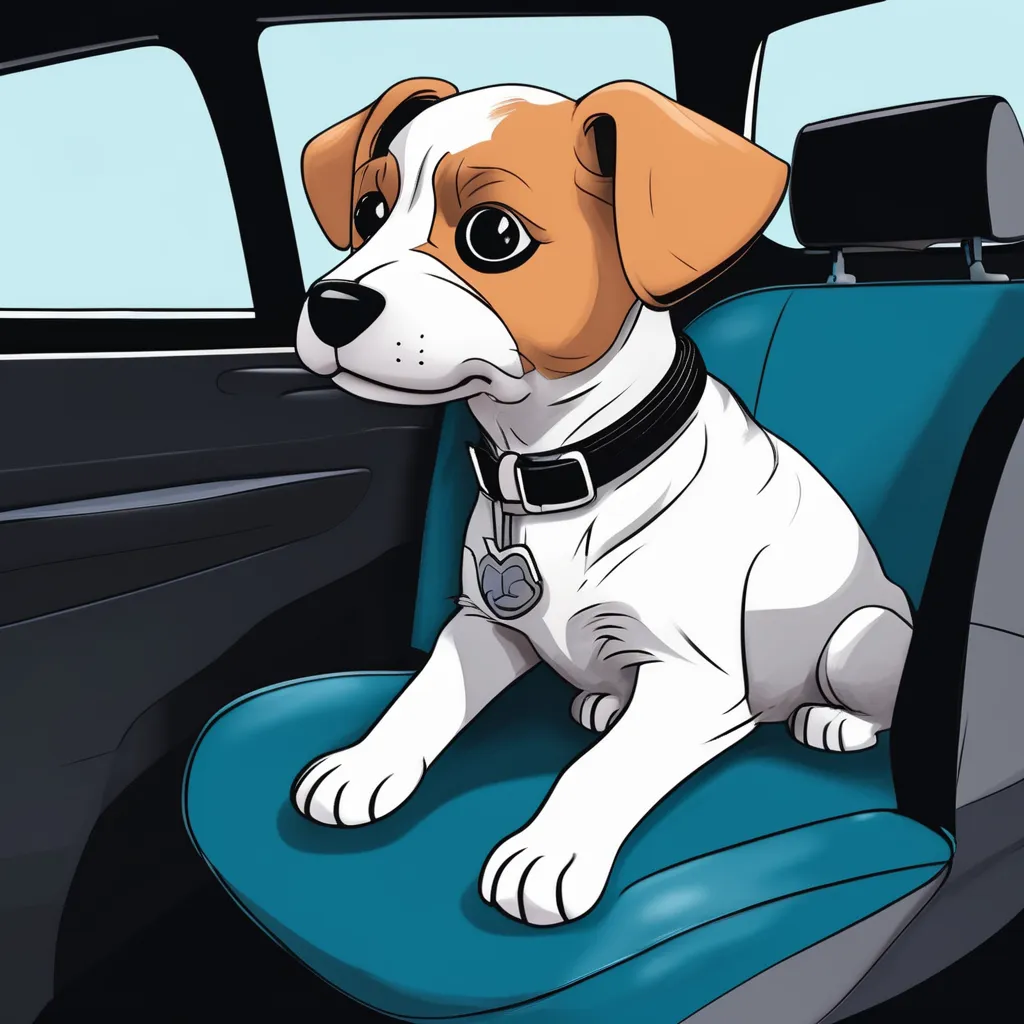Socializing puppies is vital in ensuring they grow into well-adjusted adult dogs. Among the various socialization activities, car rides play a crucial role. Not only do they introduce puppies to new environments, but they also help build positive associations with the outside world. This article explores the essentials of embarking on car rides with your puppy while ensuring a smooth and stress-free experience for both of you.

Selecting the right time for the first car ride is crucial. Aim for a period when your puppy is calm and not overly energetic. Before setting off, gather essentials such as a leash, harness, toys, and treats. Initially, keep journeys brief to ensure a positive experience, gradually increasing the duration as your puppy becomes more comfortable.
Creating Positive Associations
One effective way to foster positive associations is by rewarding calm behavior with treats and praise. Allow your puppy to explore the vehicle before turning on the engine, thereby reducing any fear of new surroundings. Additionally, place familiar items, such as a favorite blanket, in the car to provide a comforting scent. Canine behavior expert Dr. Stanley Coren says, “Familiar smells can be soothing to dogs, reducing stress in novel situations.”
Safety Measures for Puppy Car Rides
Safety should always be a top priority during car rides with your puppy. Utilize a car harness or carrier to secure your pet, preventing injury in the event of sudden stops. Ensure the vehicle remains cool and comfortable, as overheating can exacerbate anxiety. Minimize distractions to maintain focus on the road and your puppy’s needs.
Progressive Desensitization Techniques
Gradually increase the duration and distance of car rides to help your puppy acclimate. Introduce different environments, such as busy traffic and quiet roads, in a controlled manner. Always monitor your puppy’s responses and adjust your approach based on their comfort level, promoting a rewarding and stress-free experience.

Common Challenges and Solutions
Motion sickness is a common challenge faced by puppies during car rides. Recognize signs such as drooling and vomiting, and consider remedies like ginger or specialized travel pills. For barking or whining, use training and calming techniques to manage these behaviors. Frequent stops and breaks can help dissipate excess energy for overly excited puppies.
Additional Tips for a Successful Journey
Varying routes and destinations can make car rides more engaging and stimulating for your puppy. Try incorporating car travel into your routines to make it a familiar aspect of your puppy’s life. Conclude rides with fun and rewarding activities, reinforcing the positive experience of traveling by car.

The Role of Professional Training and Support
If challenges persist, the expertise of a professional trainer can be invaluable. Professional training and socialization classes offer structured environments that can enhance your puppy’s adaptation to car travel. These resources can provide additional strategies and support tailored to your puppy’s needs.
Conclusion
In conclusion, making car rides a positive and enjoyable experience for your puppy requires patience and consistency. You can help your puppy develop confidence and enthusiasm for car travel through preparation, understanding, and gradual exposure. Successfully integrating car rides into your puppy’s routine has immense benefits, paving the way for a lifetime of adventures together.



